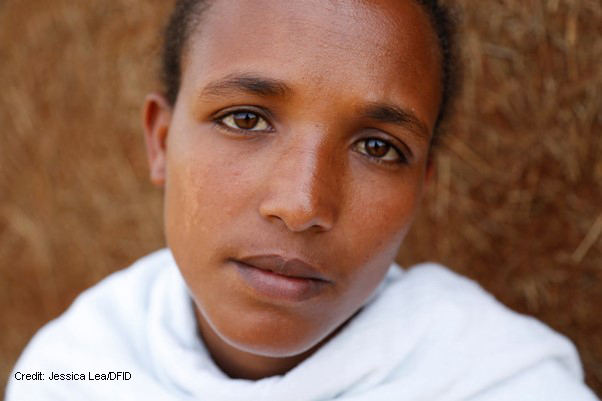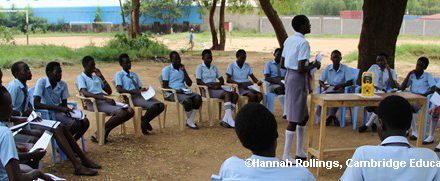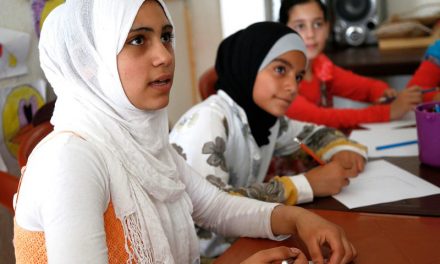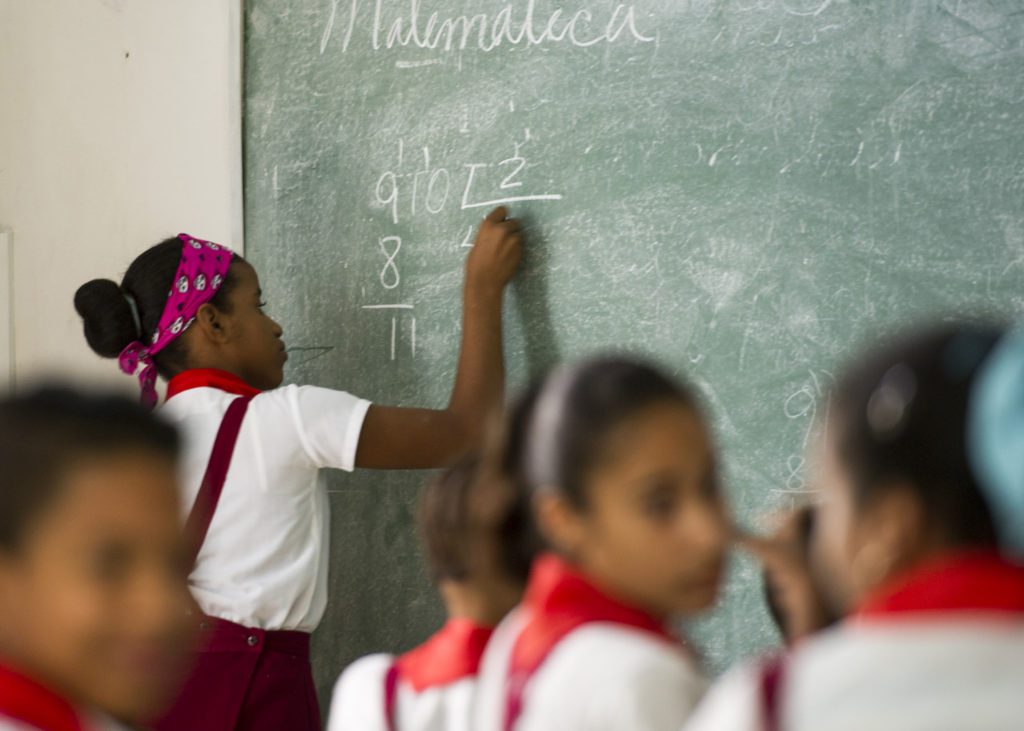This blog was written by Danielle Cornish-Spencer, Safeguarding Lead, Girls’ Education Challenge. It was originally published on the GEC website on 13 October 2021.
It is an immense privilege to work for 1.5 million girls around the world – to help to make their access to education safer and for that to lead to all of the benefits that girls’ education can afford: to her, her family, her community.
The paper ‘Protection is Possible’ outlines the Safeguarding Operating Model used by the GEC’s Safeguarding Team to move 41 projects, across 17 countries, and their lead agencies to meet the GEC’s 14 Minimum Standards on safeguarding. There have been many tangible results from this effort. The most important result has been an increase in the reporting rate of safeguarding incidents to the GEC, by the GEC implementing partners. It has increased by over 300% over a three-year period[1]. Without this effort, the abuses that have been reported and managed by projects may have still occurred but may not have been reported, leaving survivors with no-where to turn.
For many years now, there has been slow, but steady progress in meeting safeguarding standards across the sector. The model used by the GEC’s Safeguarding Team and the concerted effort put into place by the GEC implementing partners demonstrates that meaningful compliance to safeguarding standards is not only possible, but possible at scale, with depth and at a rapid pace where the right model is used. Importantly, the model meets partners where they are on their safeguarding journey and supports them through capacity development, one-to-one support and feedback, reviews of policies practices and procedures, case handling support and an approach which uses appreciative inquiry whilst maintaining accountability. The model moves beyond traditional approaches to safeguarding based on compliance and works with partners to be able to deliver effectively – keeping safeguarding of girls and staff at the heart of everything the GEC delivers, ensuring it is always prioritised, never an after-thought and that actions which effect the safeguarding of girls’ and staff are addressed most urgently.
‘Protection is Possible’ outlines the model used and the journey the GEC has taken since 2019. It describes the ways of working, the ups the downs and everything in-between. This may be useful for others who are working to support a number of projects or country offices. The paper includes the tools we used to implement the GEC’s Safeguarding Operating Model – our safeguarding policy, our standardised monitoring tools, our safeguarding action plan tracker and guidance documents.
The paper outlines some clear recommendations for the future and asks that the sector – including donors – moves beyond compliance to what we have termed ‘meaningful compliance’. This means, moving beyond a binary approach to safeguarding (e.g., whether a partner does or does not have a specific policy) to a more nuanced and focused process focused on quality assurance. Replicating this quality assurance approach for high-risk projects is important for donors and fund managers to feel confident that safeguarding is being embedded and centered in an organisation or project’s work.
One of the biggest pieces of learning is that projects which have a high risk of safeguarding incident – whether education projects, humanitarian initiatives, health projects or any other project which has direct contact with at-risk populations – should have gender-based violence (GBV) service strengthening funding attached to it, as well as integrated gender transformative programming. This is so that there is an opportunity to both respond to any safeguarding incident which occurs as well as prevent and mitigate against any impact of the project which could exacerbate GBV. There is an ethical imperative that where survivors disclose violence, exploitation, abuse or harassment caused or exacerbated by actors in the aid sector – that life-saving interventions are in place to support an individual’s recovery. Where project’s set up reporting and response mechanisms, and encourage reporting, there must be somewhere that the survivor is able to go to receive support. Without this, the project risks compounding harm.
Finally, although the GEC’s Safeguarding Operating Model is innovative, practical and demonstrates that protection is possible within the aid sector, the approach and meeting compliance (even where it is meaningful compliance) is not a panacea nor is it a substitute for the larger, radical changes that have been agreed at the 2018 Safeguarding Summit and beyond. Meeting meaningful compliance is a necessary step in the right direction and creates space for bigger discussions and organisational change initiatives to take place. The GEC’s journey may not be 100% replicable to all, but the achievements that have been made should give us all hope that protection and safety really is possible in the aid sector.
*****************************************
[1] It is important to note that the vast majority of cases reported were perpetrated by non-UK funded individuals.





